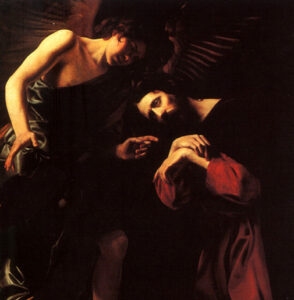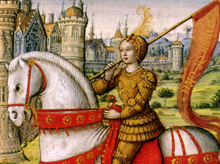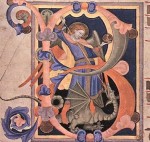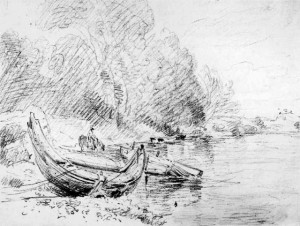Easter Wednesday
April 20, 2022
“SIMON PETER, when he heard that it was the Lord, girt his coat about him (for he was naked) and cast himself into the sea. But the other disciples came in the ship (for they were not far from the land, but as it were two hundred cubits) dragging the net with fishes.”
Paintings of the scene on the shores of the Lake of Galilee.
The blog Ad Imaginem Dei features artworks depicting this scene:
The setting on the shore of the great lake, the misty morning light, the catch, the recognition of the Risen One, the sharing of bread and fish, recalling both the miraculous feeding of the multitudes and the Last Supper combine to create the mysterious reality of this apparition. Ghosts may appear, but they don’t cook and share meals with their friends.
It is surprising, then, that these verses have not inspired more works of art. One of the aspects of this passage, which may have caused difficulties for artists and their advisors is how to distinguish this scene from other, very similar, scenes, i.e., the miraculous draught of fish associated with the calling of the apostles or the scene in which Peter leaves the boat and attempts to walk on water. The differences between these scenes and that of the post-Resurrection encounter described by John are sometimes subtle.
Among the elements that hint at the post-Resurrection scene are: Jesus stands on the shore, not on the water, the sea is calm and not stormy (although this is not always so), Peter jumps into the water when the boat is near the shore, there are often elements of the meal Jesus invites the apostles to [share] somewhere in the picture.













